In our previous article, we explored how Google’s featured snippets offer a glow up to our search results, increasing our visibility in a sea of options. However, featured snippets are restricted to a question-and-answer format, appearing when your site provides valuable answers to commonly asked queries. A broader, more attainable Google feature that we can use to make our search results stand out are Google’s “Rich Results.”

What are Rich Results?
Google’s rich results are search results that share additional, visual information that enhance normal search results. Unlike featured snippets, which are limited to by their content, rich results can present multiple types of information with extra visuals that help the query stand out.
What are the Benefits of Rich Results?
Much like featured snippets, rich results help bring more organic traffic to your site through making your result visually appealing.By adding thumbnail images, highlighting relevant information, and changing the display of your information, your search result can get more clicks than a normal search result. More traffic means more conversion opportunities.
Another benefit of rich results is the possibility of your site occupying “position zero,” the location above the first ranked result. Not all rich result types can occupy position zero, but those that do offer a way for your site to be at the top of a search result without having a high rank. Much like featured snippets, rich results can be used to improve your SEO results.
What kinds of Rich Results do we see?
There are 30+ types of rich results we can see in search results. To name a few, we can see rich results of:
Articles – For blog and news content, Google rich results can preview relevant articles in a catalogue. Information such as title, date, and visual assets can be shown within the search query.
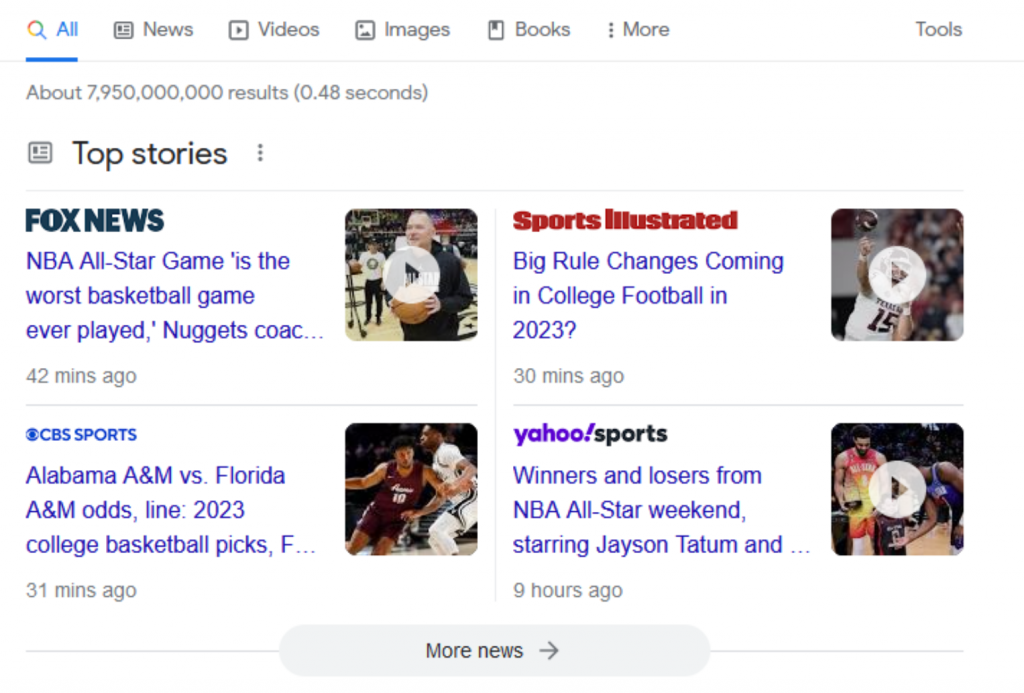
Carousels – For search queries involving topics such as recipes, courses, restaurants, or movies, Google rich results can share a sliding image gallery. Depending on the subject, additional information such as title, rating, time, etc. can be shared as well.
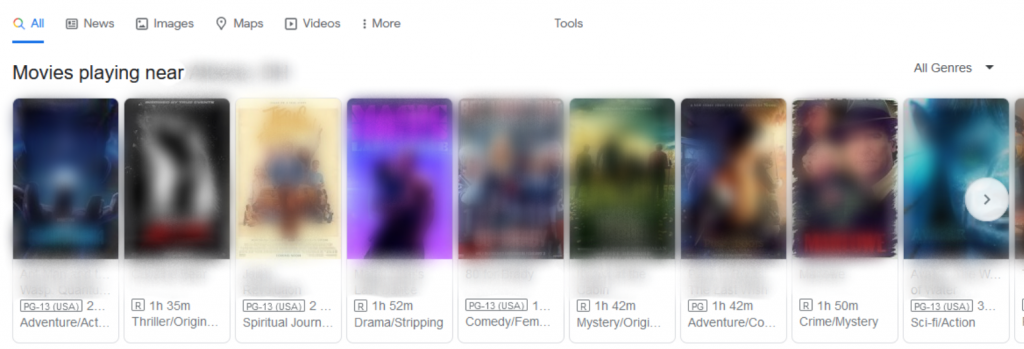
Logo & Knowledge Panel – A logo rich result can help inform Google of what logo to use if your company comes up in a Google knowledge panel, a different type of rich result. In combination, a search query can share information a topic in detail. For companies, we could see things such as what you do, founders, location, and so forth.
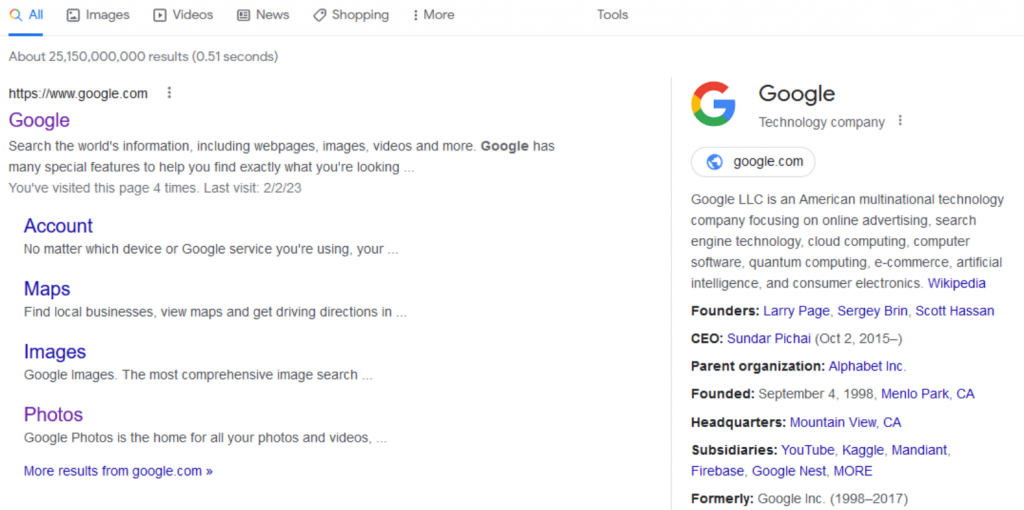
Products – For items for purchase, a product rich snippet offers additional information to the average search queries such as rating, reviews, price, stock status, and additional details.

Events – When searching for events such as concerts or festivals, an event rich result can provide details on upcoming events and details such as titles, dates, and location.
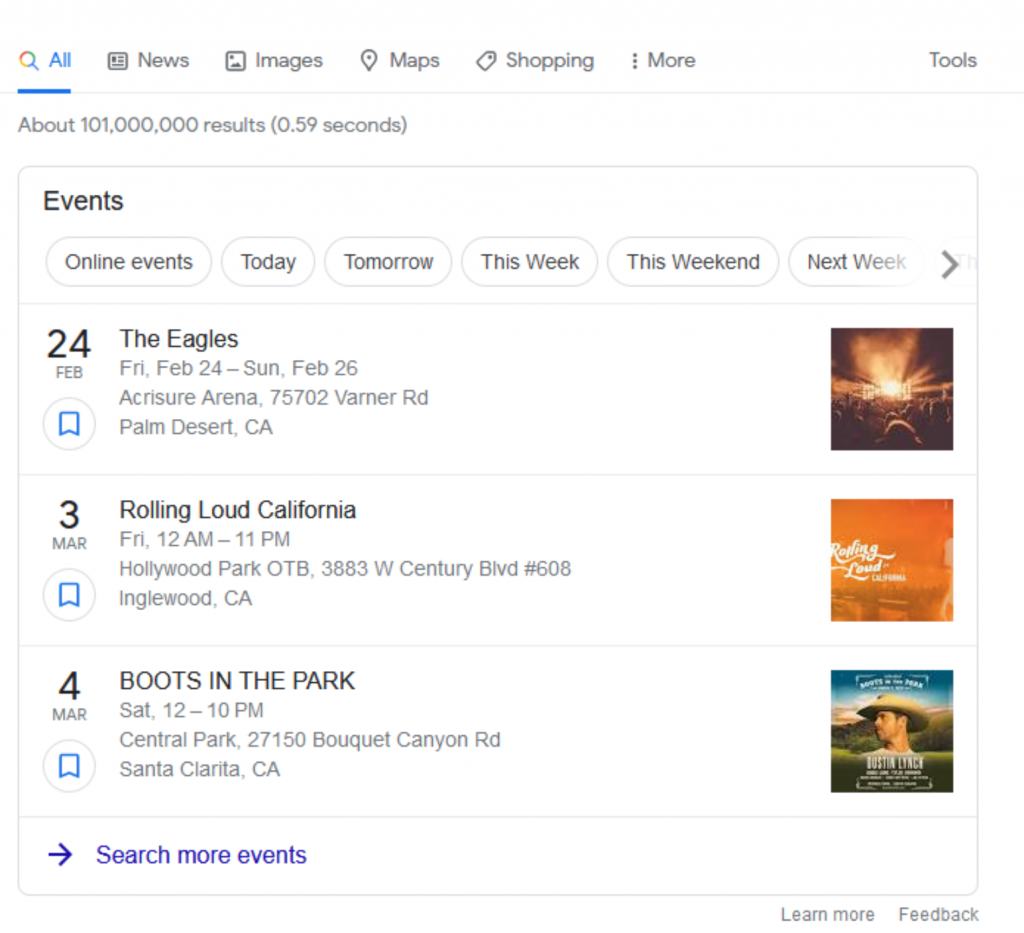
FAQs – Varying from featured snippets, FAQ rich snippets provide a full-on glimpse of a site’s FAQ. Accessible drop-down menus appear under the search result for easy access to information.
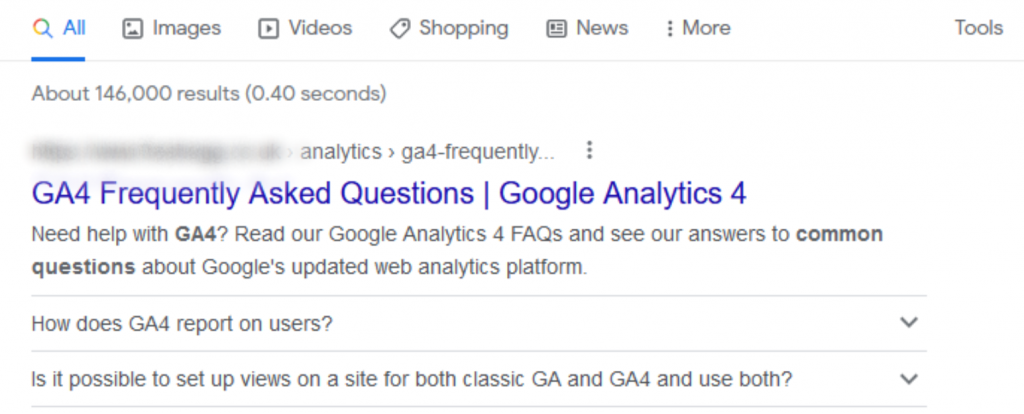
Job Postings – For employment listings, rich results can share job postings related to a search. Details such as the job title, company logo, reviews, job requirements, and so forth are briefly summarized.
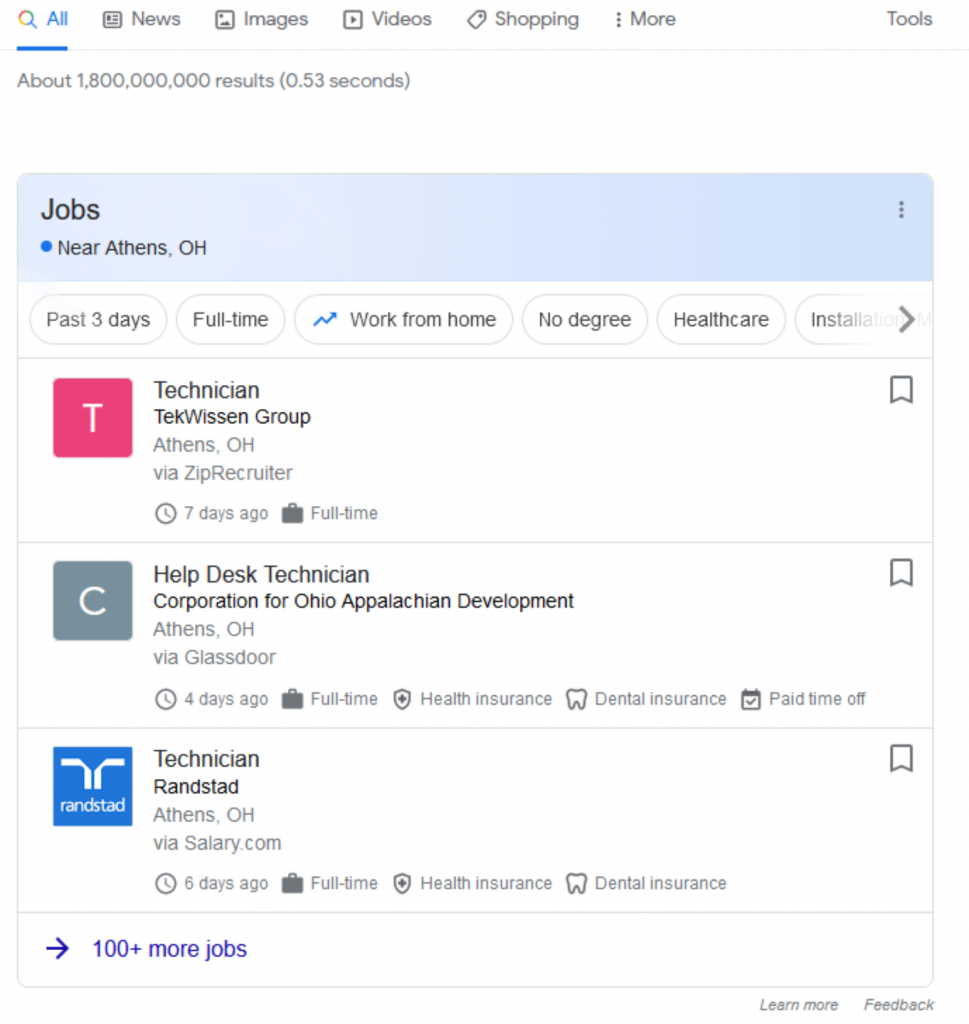
How do Rich Results Work?
Unlike featured snippets, rich results rely on the structure of your data. As illustrated above, rich results have a variety of content types they can share. While featured snippets require valuable content for question-based queries, it is easier to get a rich result by following specific structures that help Google understand what type of content you have in your site.
To help Google understand the structure of your content, Google relies on us using Schema vocabulary within our structure. Simply put, the Schema language is a language understood by search engines. For search engines, the three most common Schemas are:
- JSON-LD
- Microdata
- RDFa
Currently, JSON-LD is the most popular Schema to use when it comes to communicating with search engines. We can use schema vocabulary and tagging within our pages to help search engines understand what our content is and what rich result can best represent it accordingly.
How do I make my content eligible for Rich Results?
Each type of rich result has a different structure and schema needed for your content to be eligible for it. Explore what types of rich results are available and would work best with your existing content. Once you find rich results that relate to your content, review Google’s suggested structured data for rich results in order to adjust your content to be eligible for the desired type you want.
Want to Learn More?
SEO is a continuous process with a variety of strategies to explore. Explore our SEO blogs to learn more tips and tricks to improve your visibility! Want to see more details or guides concerning Google’s rich results? Contact us! We’d love to make more content that you need and enjoy! If you want more hands-on guidance for improving your website,join the waitlist for Carrie Saunders’ upcoming course, “The Converting Website.” In this course, she will dive into a variety of important factors that aim to optimize your website.
